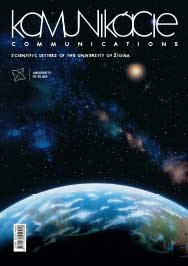Functional Safety for Developing of Mechatronic Systems - Electric Parking Brake Case Study
Functional Safety for Developing of Mechatronic Systems - Electric Parking Brake Case Study
Author(s): Juraj Pancik, Peter Drgoňa, Marek PaskalaSubject(s): Energy and Environmental Studies, Economic development, Transport / Logistics
Published by: Žilinská univerzita v Žilině
Keywords: functional safety management; ISO26262; ASIL; electric parking brake;
Summary/Abstract: The electric parking brake (EPB) system as the complex mechatronic system consists of the actuators that generate the clamping force necessary to hold the vehicle safe, the conventional calipers that convert clamp force into brake torque, electronic hardware with the Electronic Control Unit (ECU), cable harness and switches and especially the control software providing the functions that the driver will experience. Like most of the modern automotive components, the EPB is equipped with embedded electronic systems that include ECU, electronic sensors, signals, bus systems, and coding. Due to the complex application in electrical, electronics and programmable electronics, the need to carry out detailed safety analyses that are focused on the potential risk of malfunction is crucial for automotive systems. This paper describes a possible division of the EPB sub-functions between the supplier the wheel brakes and the supplier which supplying the ECU. Functional safety must be a guarantee with concerning the overall vehicle system. Functional safety is according to the requirements of the ISO 26262 standard and in the context of this paper relates solely to the E/E components (electrical and/or electronic) of the EPB. This paper covers the hazard analysis and risk assessment relevant to the EPB control software, and the derived allocation of ASIL risk levels to the EPB software elements of the functional architecture of the EPB.
Journal: Komunikácie - vedecké listy Žilinskej univerzity v Žiline
- Issue Year: 22/2020
- Issue No: 4
- Page Range: 134-143
- Page Count: 10
- Language: English

